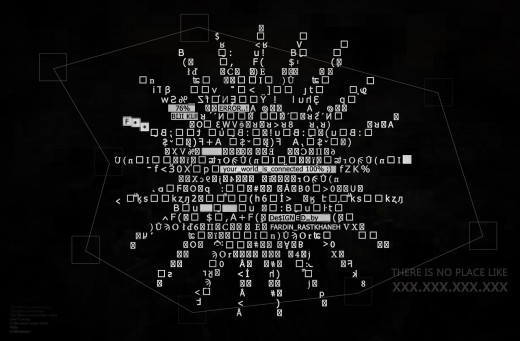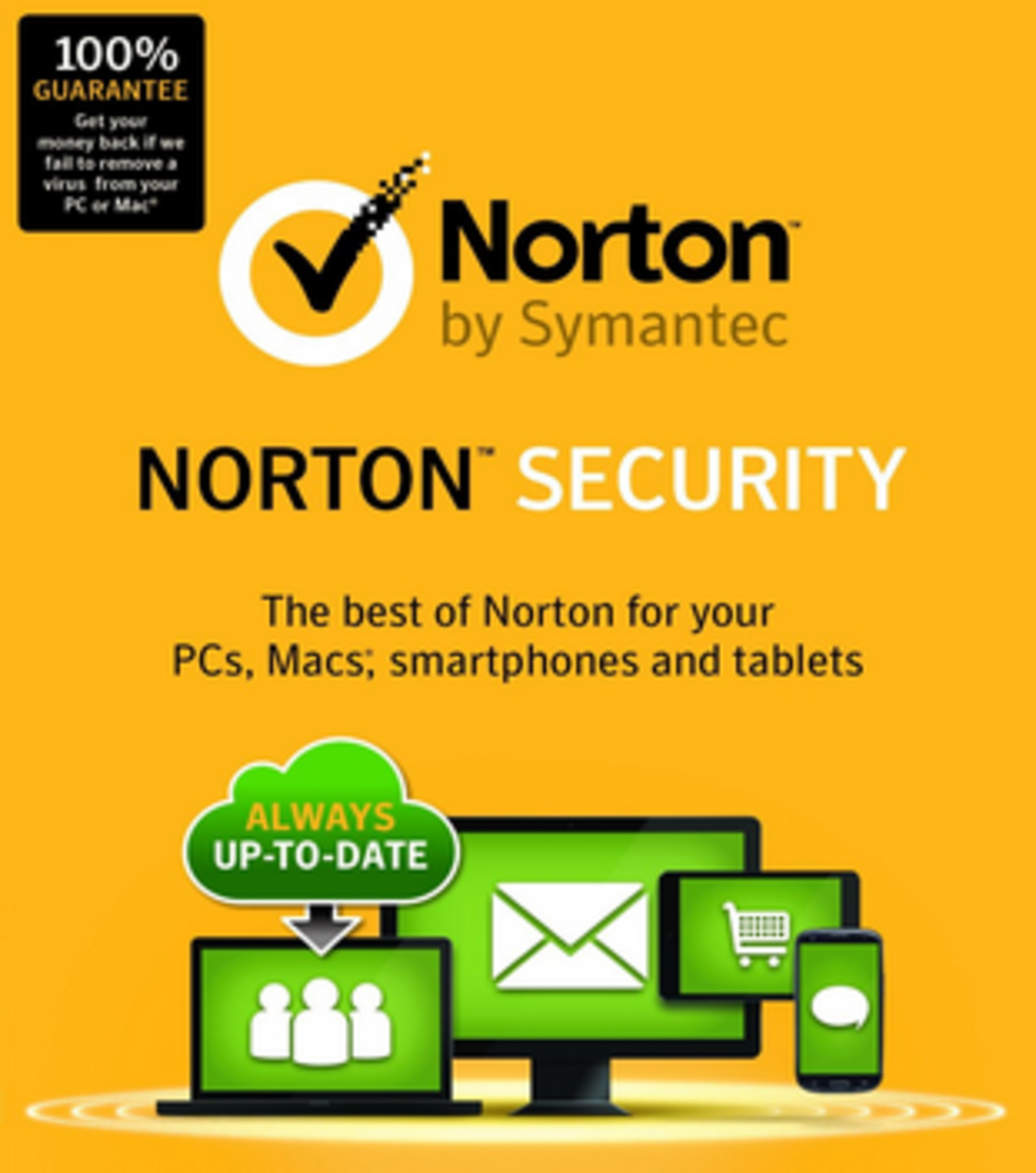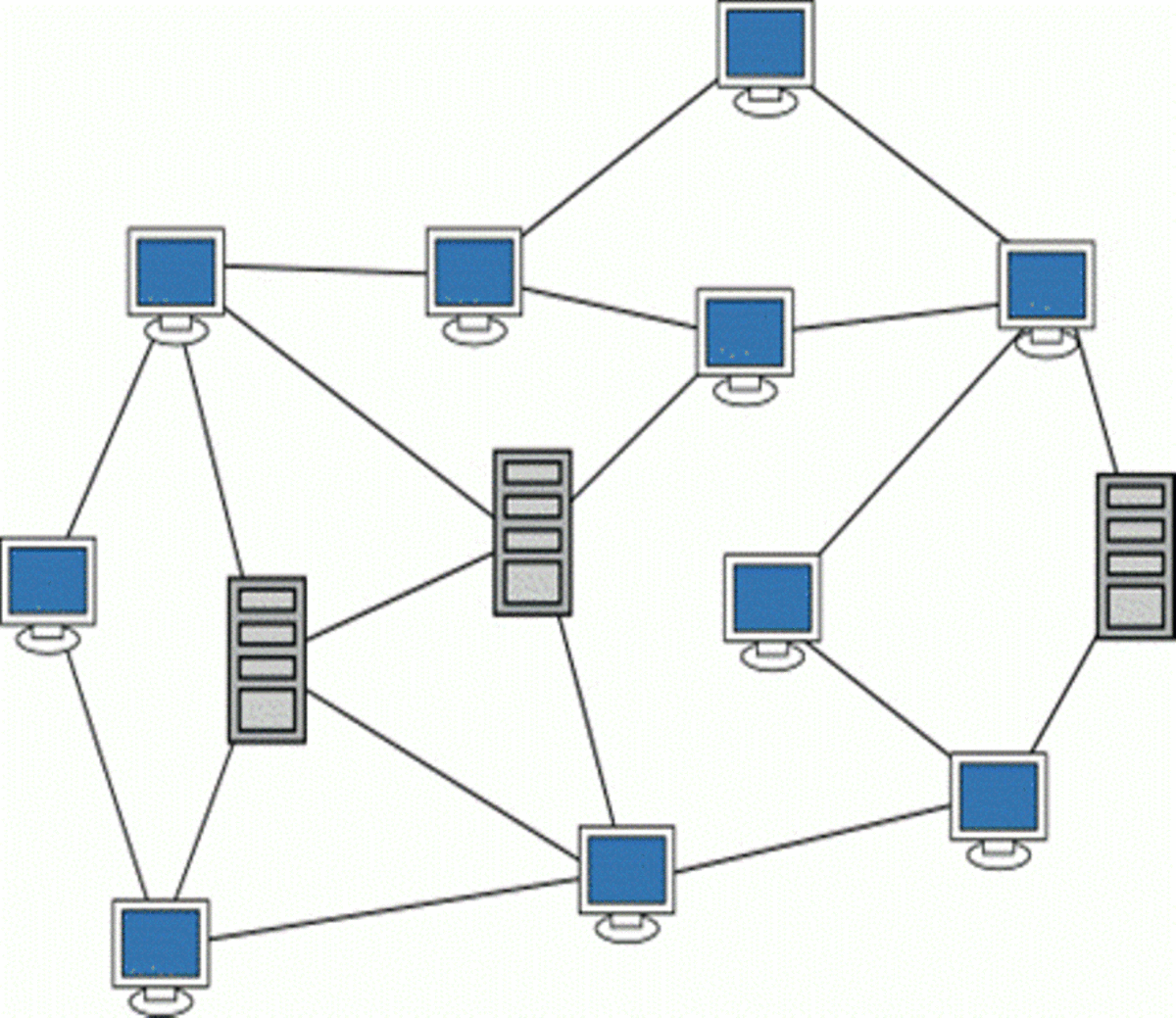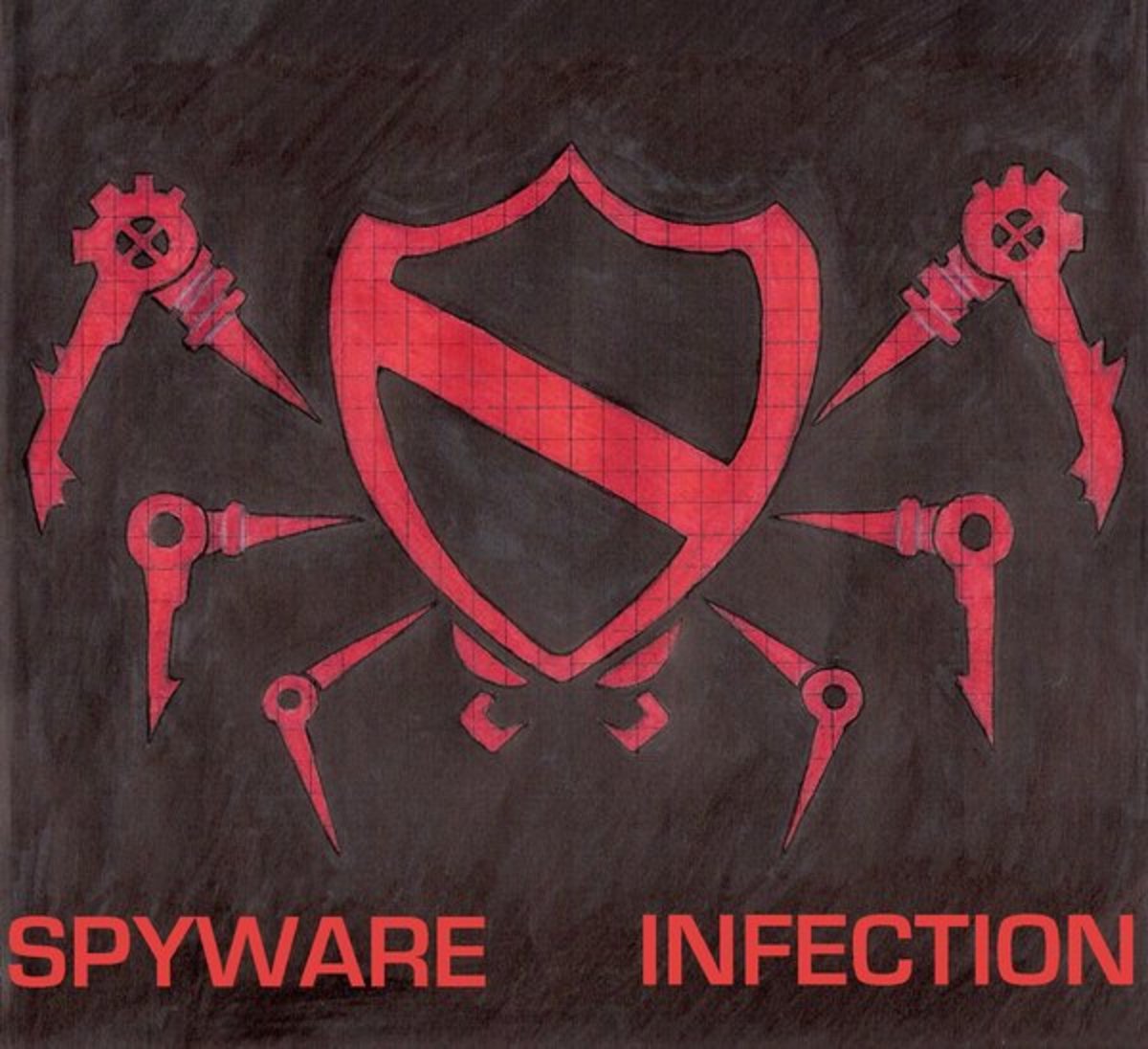Protecting Children from Harmful Websites

Technology follows a path that initially enables the free flow of information but this freedom leads to efforts to regulate and control. The differing viewpoints between regulators and users date back to the introduction of typeset pages. However, the nature of the Internet with a fundamental lack of central control and global distribution makes regulating the content of the Internet a dificult task. (Lawson & Comber, 2000).
Many extremist organizations use the Internet for communication and recruiting activities and one very disturbing trend is the move by these organizations to target youth (Taylor, Fritsch, Liederbach, and Holt, 2011). The Web is not composed of static content but offers a rich interactive experience that a user may access from a variety modern devices, including a Personal Digital Assistant (PDA), smart phone, TV, computer, or even a Game Boy (Hart, 2001). Web sites geared toward promoting hateful anarchist and extremist organizations target youth by taking advantage of the content that youthful visitors naturally gravitate to, such as music and videos, cartoons, and video games (Taylor, et al., 2011). The number of hate sites that reside on the Web to promote funding for hate groups and recruit new members is growing at an alarming rate and expose children to significant risk (Katzman, 2005).
Teaching Hatred to Children
Teaching hatred to children is not an activity taken solely by the masters of rogue Web sites. The political powers of certain countries promote hatred by subsidizing school curriculum that teaches hatred to children (Katzman, 2005). Hate groups also attempt to lure children into acting out hateful phylosophies under the guise of entertainment. Such hate groups as the Neo-Nazi skinheads and the KKK, among others, specifically reach out to children at vulnerable ages to try to attain organizational recruitment goals (Anti Defamation League, 1999). "Extremists are trying to seduce our children with multimedia on-line messages designed to mask the hideous face of hatred and violence and attract and influence young people” (Anti Defamation League, 1999, para. 4).
Attempting to curb the proliferation of hate content on the web aimed at children in a democracy is complicated. Katzman (2005) stated “In a democracy, the right to freedom of speech comes up against the concern for teaching hate, which often leads to violent oratory and actions” (p. 148). Academic communities view the Internet as a resource that empowers the students. The existence of sites containing content not suitable for young students is viewed as an unavoidable consequence of access to important learning resources (Lawson & Comber, 2000).

Parental Anxiety Over Internet Content
Parental anxiety over the types of content that their children are exposed to increases with the growing dependence on Web content by school systems (Lawson & Comber, 2000). Teachers, who ultimately control student Internet access at school, face the dilemma between permitting unlimited Internet access or censoring content and possibly infringing on the First Amendment rights of students (Lawson & Comber, 2000). However, limiting student exposure at school would not provide a total solution to the problem of exposure to harmful material; students can also access the Internet from sources outside of the school including the student’s home, libraries, the homes of friends, and Internet cafes.
Predators Target Girls on Social Media
Many school districts began taking measures to implement the Children’s Internet Protection Act (CIPA) in the year 2001 (Anderson, 2010). As a legislative effort, the CIPA mandates that schools take protective measures in school libraries to protect children against harmful Internet content (Charma, 2010). The measures imposed by the CIPA present protection guidelines but a more comprehensive plan that takes into consideration locations outside the school is called for.
Strategy for Child Protection
The author asserts that as a matter of common knowledge, children will challenge the rules and seek ways to circumvent those rules. The CIPA legislative effort will help protect children from viewing harmful content while at school but is ineffective while children are away from school. Current legislative efforts have not effectively addressed the problems associated with children accessing harmful material online or in print. As a global resource, the Internet provides harmful content to areas where such content is regulated from countries where the content is considered legally accessible (Lawson & Comber, 2000, p. 279).
Predators Target Boys on Social Media
The primary strategies adopted by many schools and colleges to comply with the CIPA and protect minors while online include the following elements:
- restrict access using supervised sessions
- use content filtering software
- implement acceptable use policies
- implement an honor system
- monitor student Internet activity (Lawson & Comber, 2000)
The author recommends that parents coordinate student Internet access outside of school with the parents of their children’s friends to incorporate these elements in the children’s extracurricular activities. Controlling Internet access for children while at school provides limited protection if those children may then access the restricted material once they arrive home.
Restrict Access using Supervised Sessions
One argument for supervising access to the Internet is the possibility of litigation resulting from parental complaints originating from students visiting sites that display inappropriate material (Lawson & Comber, 2000). However, all Internet access must be supervised for this strategy to be effective and this strategy somewhat detracts from the power of the Internet as a learning tool. Studies referenced by Lawson and Comber (2000) “showed that there was a great deal of visiting unscheduled web pages, especially chat lines, when the teachers, nominally in charge of a session, had their attention elsewhere” (p. 279).
Use Content Filters
A content filter provides a method to protect a child from harmful Internet content by comparing a Web site that a child tries to access to a database containing the classifications and locations of harmful sites (K12USA.com, 2012; ADL, 2002; FOSI.org, n.d.:). Various content filters are available to institutions and individuals but the Anti Defamation League released a content filter specifically targeting hate sites, which the organization named HateFilter (ADL, 2002). HateFilter relies on the rating system imposed by the Family Online Safety Institute (FOSI), formerly known as the Internet Content Rating Association (ICRA) (ADL, 2012; FOSI.org, n.d.).
There are a couple of caveats involved in using content filters. One caveat is that a crafty student may attempt to bypass the filter by using a proxy server (FOSI.org, n.d.). A solution to the problem posed by proxy servers is to use an appliance, such as SecureSchool. “SecureSchool combines Internet filtering, proxy server, firewall, and several other functions to keep students out of sites like myspace and keeps them from evading filtering by blocking use of outside proxy filters” (K12USA.com, 2012). The second caveat is the reliance on the ICRA database. The FOSI uses a voluntary questionnaire submitted by publishers to develop the ratings and vocabulary for searches (FOSI.org, n.d.). However, publishers of hate sites may not submit the questionnaires to the filtering organization so those sites may not be included in the filter.
Enforce Acceptable Use Policies
Content filters help isolate content but there is no completely technical solution to the problem of children viewing inappropriate content online (Lawson & Comber, 2000). Many schools attempt to fill the void by implementing acceptable use policies. The policies may take the form of documents signed by both the students and the students’ parents, which define appropriate use of the Internet and content that may not be viewed (Anderson, 2010; Lawson & Comber, 2000). These policies are then used in combination with content filters, the honor system and monitoring techniques. The author maintains that parents should explain the policy to their child and require the child’s agreement to the policy as a requirement for permitting Internet access both inside and outside the home.

The Honor System
Responsible students who do not attempt to circumvent the system and follow the acceptable use policy may be granted less restrictive access under an honor system that lifts the content filters. The honor system appears to be effective for older students who require less restriction for legitimate purposes (Lawson & Comber, 2000). An evaluation report, cited by Lawson and Comber stated, “only one student out of 180 has been excluded’ over the year-long period of the evaluation” (p. 281). However, Lawson and Comber also concluded that an honor system might not be an appropriate course of action for younger students who may be more susceptible to temptation.
Monitor Student Internet Activity
Technology changes constantly and children easily adapt to technological change. Combining new technology with Internet access at school and at home leads some children to “test the fringes of filtering processes in order to bypass blocking” (Anderson, 2010, p. 121). Most of the participants in the study cited by Lawson and Comber (2000) acknowledged that their respective schools reinforced the preceding elements by using “some form of scare tactic about being caught” (p. 281). The typical method associated with the tactic was monitoring student Internet activity. Informing students that their activity may be monitored at any time and punishing offenders resulted in building a trustful environment where students could access the Web unsupervised (Lawson & Comber, 2000).
First Amendment Rights
The question of individual’ rights come up often when discussions commence concerning controlling access to the Internet for schoolchildren (Chmara, 2010). Early actions taken during the process of implementing the CIPA were to hold meetings with concerned parents to explain the measures and elicit parental response (Anderson, 2010). The first mandate under the CIPA required schools to take technological measures to block access to pictures that were obscene or portrayed child pornography (Anderson, 2010). Under the CIPA, obscene was defined as any material that is “offensive to morality or decency; indecent; depraved; causing uncontrolled sexual desire or abominable; disgusting; repulsive” (p. 117).
Should children access social networking sites?
Later provisions of the CIPA included any material that is harmful to children (Chmara, 2010). No challenges to the provisions of the CIPA have been filed to date on the grounds that the provisions violate the First Amendment rights of children (Chmara, 2010). However, someone must decide what material is offensive and remove any blocks to material that should be accessible under the First Amendment (Chmara, 2010; Lawson & Comber, 2000).
Conclusion
Although information and media may be found on the Internet covering almost any topic, not all of the available content is appropriate for children and some sites may be considered harmful. Certain extremist and anarchist organizations developed Web-presences to promote hate and aid in fund raising and recruiting efforts. Many of those organizations specifically target children while those children are in the vulnerable stages of child development to lure those children into developing hateful philosophies. Certain foreign nations also participate in teaching hate to children and those nations reflect this hateful philosophy on the Web.
Schools have come to rely more and more on Web content to reinforce learning but parents and teachers are concerned that children may navigate to those harmful sites. Legislative efforts aimed at protecting children online include the CIPA but contain mostly technical controls. A more comprehensive protection plan for children in and out of school is called for.
A plan including supervised access, content filters, an honor system, and activity monitoring could fill the gap between the protections provided by school implemented technical controls and a child’s natural tendencies to test the system. Such a plan should be effective at protecting a child from harmful Web sites but not at the cost of violating the child’s First Amendment rights. Implementing such a plan would require coordinating protective measures by the school system, the child’s parents, and the parents of the child’s friends. Although isolating a child from all harmful content may not be practical or achievable, measures that are more effective could be taken to limit the exposure of children to such sites.
References
- ADL Releases Free Filtering Software
ADL (2002). ADL Releases Free Filtering Software Designed to "Keep Hate Out Of Homes".
- Anderson, W. L. (2010). Children's Internet Protection Act: Balancing compliance with access. Global Education Journal, (4), 117-123
- Press Release - Extremists and Racists are Targeting Children and Creating an 'Electric Community of
Anti Defamation League (1999). Extremists and Racists are Targeting Children and Creating an 'Electric Community of Hate' on the Internet New ADL Book Examines Latest Developments
- Chmara, T. (2010). Minors' First Amendment rights: CIPA & schools. Knowledge Quest, 39(1), 16-21.
- IRCA Tools
FOSI.org (n.d.). ICRA tools, technology tools, and best practices.
- Hart, I. (2001). Deschooling and the Web: Ivan Illich 30 years on. Educational Media International, 38(2/3), 69-76. doi:10.1080/09523980110041449
- http://www.k12usa.com/secureapp.asp?q=ss2-g201&gclid=CPnY85aI1a4CFYgRNAodxH-DeQ
K12USA.com (2012). Web content filtering and network management with SecureSchool: SecureSchool service description.
- Katzman, G. H. (2005). A bioethical analysis of a form of psychologic abuse: Teaching hatred to children. Clinical Pediatrics, 44(2), 143-150. doi:10.1177/000992280504400206
- Lawson, T., & Comber, C. (2000). Censorship, the Internet and schools: a new moral panic? Curriculum Journal, 11(2), 273-285. doi:10.1080/09585170050045236
- Taylor, R. W., Fritsch, E. J., Liederbach, J., & Holt, T. J. (2011). Digital Crime and Digital Terrorism (2nd ed.). Upper Saddle River, NJ: Prentice Hall.








